Through the Years
CHARACTERIZATION (2003-2005)
In Phase I of the program, work focused on characterizing more than 900 major stationary sources of CO2 as well as the geologic storage layers suitable for CO2 storage in the PCOR Partnership region.
VALIDATION (2005-2009)
In Phase II, four small-scale field validation tests were completed. These field projects were designed to build the core of local technical expertise and experience needed to facilitate future large-scale CO2 sequestration efforts in the region.
COMMERCIAL DEMONSTRATION (2007-2019)
The Phase III program focused on implementing commercial-scale geologic carbon sequestration demonstration projects in the region.
INITIATIVE (2019 AND BEYOND)
The PCOR Partnership is building on the combined 20+ years of expertise of the PCOR Partnership and the Partnership for CO2 Capture (PCO2C). The applied research, collaboration, and extensive technical knowledge base are the foundation for launching the new initiative.
The DOE RCSP Initiative began with three phases that ran from 2003 to 2019 and laid the foundation for CCUS commercialization by validating and demonstrating the capacity for permanent, economical, and safe geologic storage of CO2. This work helped to establish effective methods and reliable approaches to develop and deploy CCUS projects across the different RCSP regions.
Phase I - Characterization
Beginning in 2003, Phase I consisted of characterizing regional CO2 emission sources and potential geologic storage locations within each RCSP region.
During Phase I, the PCOR Partnership assessed and prioritized opportunities for storage in the region and helped address the technical, regulatory, and environmental barriers to the most promising storage opportunities. The effort resulted in practical and environmentally sound strategies for carbon management in the PCOR Partnership region, derived from assessments of CO2 emission sources, sinks, regulations, deployment challenges, transport considerations, and capture and separation technologies.
Phase I activities identified four source–sink combinations in the Williston and Alberta sedimentary basins that merited field validation testing in Phase II.
Additional learnings from Phase I include the following:
Multiple CO2 storage targets exist within the PCOR Partnership region, including oil fields, saline formations, and coal seams.
The presence of CO2 sources and storage options, and their relative proximity to each other, could support the deployment of carbon capture and storage (CCS) projects within the PCOR Partnership region.
Phase II - Validation
In 2005, validation of the most promising regional storage opportunities was completed through a series of small-scale field projects in various carbon storage targets such as saline formations, coal seams, basalt formations, and terrestrial systems. The validation projects provided valuable information on reservoir and seal properties of formations and initial validation of geologic modeling and field monitoring technologies.
The goal of Phase II was to validate technologies and to demonstrate CCS in locations in the PCOR Partnership region that could support future full-scale geologic and terrestrial storage opportunities. From 2005 to 2009, the PCOR Partnership conducted four field validation projects that demonstrated the effectiveness of CO2 storage in different settings and under varying conditions. The field validation tests demonstrated the CO2 storage potential of multiple storage targets, including deep carbonate formations, lignite coals, pinnacle reef structures, and the prairie pothole wetlands.
In addition to the validation projects, several supporting activities were conducted during Phase II, including 1) continued refinement of regional characterization of storage opportunities, 2) clarification of the regulatory and permitting requirements for geologic CO2 storage, 3) detailed review of commercial CO2 capture technologies, 4) integration of regional efforts with other DOE RCSPs, and 5) continuation of local and regional public outreach initiatives.
- Zama Field Validation Test
- Lignite Field Validation Test
- Northwest McGregor Field Validation Test
- Terrestrial Field Validation Test
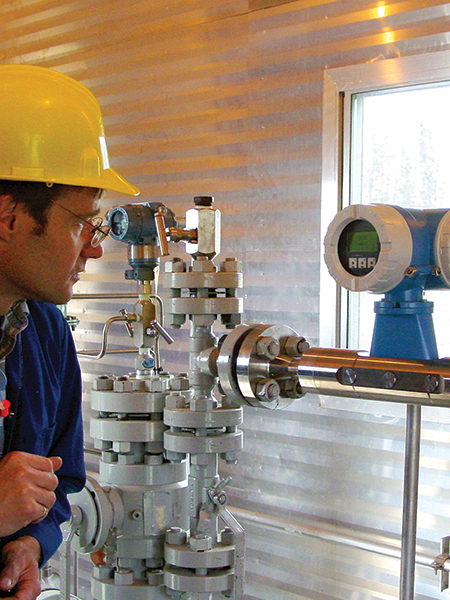
Zama Field Validation Test
CO2 Injected: 93,000 Tons (85,000 Metric Tons) Through May 2012
Completed 2012
Determined the effect of acid gas injection for the purpose of acid gas disposal, geologic storage of CO2, and enhanced oil recovery (EOR). Prior to this project, the CO2 portion of the acid gas was vented to the atmosphere, while sulfur was separated and stockpiled in solid form on-site. This project enabled the simultaneous beneficial use of each of these materials to produce more oil and reduce greenhouse gas (GHG) emissions.
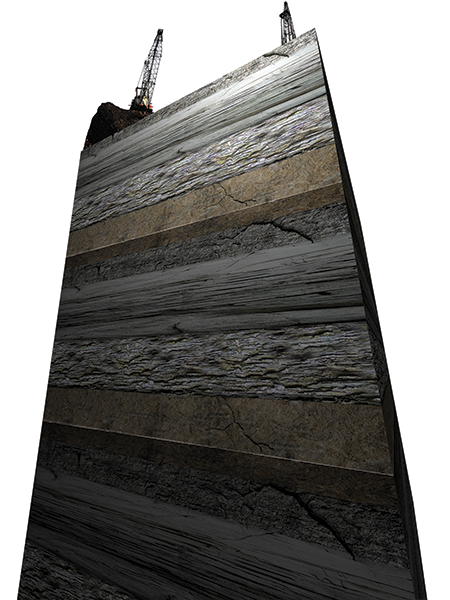
Lignite Field Validation Test
CO2 Injection: 90 Tons (82 Metric Tons) of CO2
Completed October 2013
Investigated the ability of unminable lignite seams to store CO2 during enhanced coalbed methane (ECBM) production. The validation test demonstrated CO2 did not significantly move away from the injection wellbore and was contained within the coal seam, suggesting that comparable operations could be successfully implemented at other field sites.
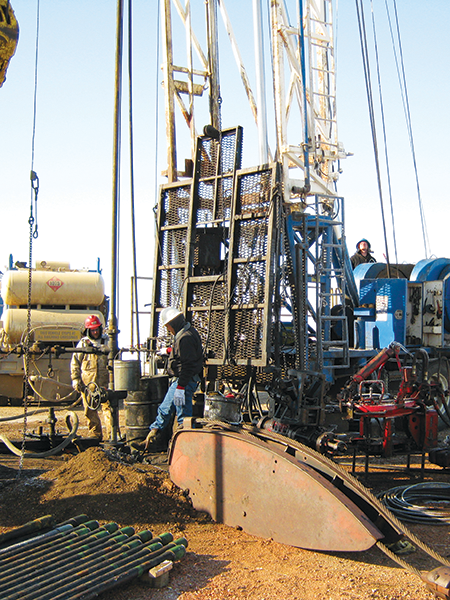
Northwest McGregor Field Validation Test
CO2 Injection: 440 Tons (400 Metric Tons) of CO2
Completed 2009
Evaluated the potential for injecting CO2 into a deep carbonate reservoir for the dual purpose of CO2 storage and EOR at depths greater than 2000 meters. The results indicated that CO2-based huff ‘n’ puff operations are a technically viable option for improving oil recovery in deep carbonate reservoirs, even those with relatively low primary permeability.
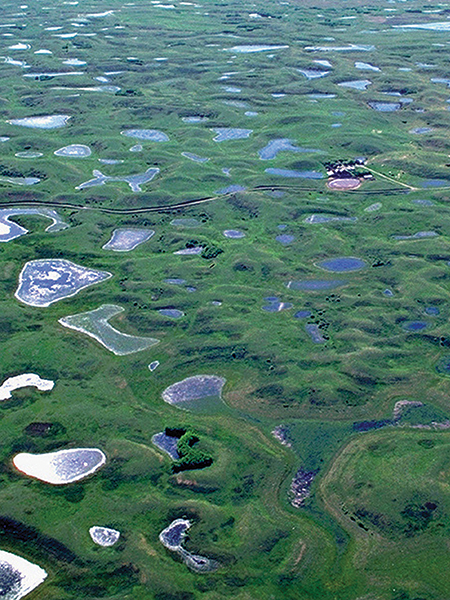
Terrestrial Field Validation Test
CO2 STORAGE: 1.1 TONS OF SOIL ORGANIC CARBON PER ACRE PER YEAR (0.4 METRIC TONS PER HECTARE)
Completed 2009
Developed the technical capacity to systematically identify and apply alternative land use management practices to the prairie pothole ecosystem (at both local and regional scales) that result in GHG reductions and potentially salable carbon offsets. The project demonstrated that restoration of previously farmed wetlands results in the rapid replenishment of soil organic carbon lost to cultivation at an average rate of 0.4 metric tons per hectare per year.
Phase III - Demonstration
In 2007, Phase III focused on large-scale field projects in saline formations and oil and gas fields, with the target goal of injecting at least 1 million metric tons per project. These large-scale demonstration projects advanced CCUS project management knowledge and supported the development of storage-related technologies in characterization, geologic modeling and simulation, risk assessment, mitigation, and monitoring.
Working with its industrial partners, the PCOR Partnership has supported the development of multiple commercial scale CCUS projects in its region. More information on some of these projects is provided below:
- Fort Nelson Feasibility Project
- Bell Creek Demonstration Project
- Aquistore Project
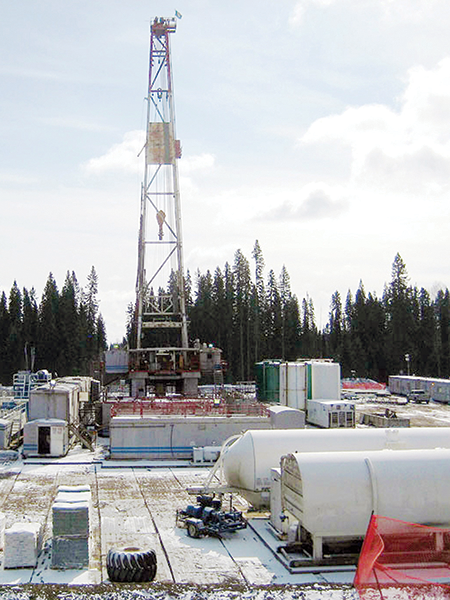
Fort Nelson Feasibility Project
Completed 2012
Investigated the feasibility of safely and cost-effectively storing CO2 from a commercial natural gas-processing facility in a deep carbonate saline formation. The results of this project suggest that commercial-scale CCS in the area may be technically feasible and cost-effective monitoring, verification, and accounting (MVA) that meets or exceeds Canadian Standards Association geologic storage standards is achievable. The project aimed to inject approximately 2.2 million metric tons of CO2 annually. However, because of a combination of factors, including a low-price environment and reduced market for natural gas in the Fort Nelson area, the project developer, Spectra Energy Transmission (now part of Enbridge, Inc.), suspended the project.
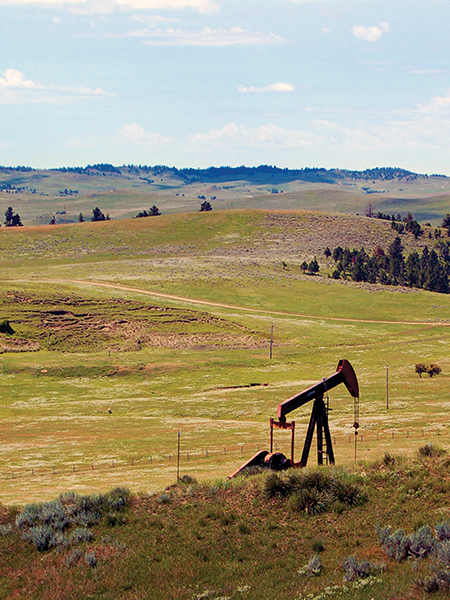
Bell Creek Demonstration Project
CO2 Injection: Around 1.1 Million Tons (1 Million Metric Tons) Per Year
Demonstrated that commercial EOR operations can safely and cost-effectively store regionally significant amounts of CO2. This collaborative project with Denbury Onshore, LLC (Denbury) showed that CO2 storage can be achieved on a commercial scale in association with EOR and that MVA methods can be used to effectively monitor CO2 storage during regular EOR operations. Throughout the project, over 5.4 million metric tons of CO2 was injected and stored in the Bell Creek Field, while over 16 monitoring techniques were evaluated for their effectiveness in tracking subsurface CO2.

Aquistore Project
CO2 Injection: Around 2300 Tons (2100 Metric Tons) Per Day
In addition to the Phase III large-scale demonstration projects, the PCOR Partnership supported the Aquistore Project through geologic modeling and simulation. Aquistore is injecting and storing CO2 from SaskPower's Boundary Dam Carbon Capture Facility near Estevan, Saskatchewan.
Regional Initiatives to Accelerate CCUS Deployment
Building on seven regional partnerships' successes, DOE competitively awarded four new research and development (R&D) projects in 2019, collectively known as the “Regional Initiatives to Accelerate the Deployment of CCUS”. These four projects, including the PCOR Partnership Initiative, have a common overall objective – to identify and address challenges facing commercial deployment of carbon capture, utilization, and storage (CCUS).
The following four activities are common to all four Regional Initiatives projects:
Addressing Key Technical Challenges
Facilitating Data Collection, Sharing, and Analysis
Evaluating Regional Infrastructure
Promoting Regional Technology Transfer.
The Regional Initiative effort also supports DOE-Fossil Energy and Carbon Management (FECM) goals by:
Providing states and stakeholders with technical information that underpins policy decisions
Assisting project developers with the management of pore space and property rights
Identifying the data needs for the completion of the Underground Injection Control (UIC) Class VI permitting process.
Overall, the Regional Initiative effort is providing stakeholders with crucial information to fill the cost and performance knowledge gaps as needed to enable deployment of carbon management activities, including CCUS for industrial and power sector emissions mitigation and CO2 removal.